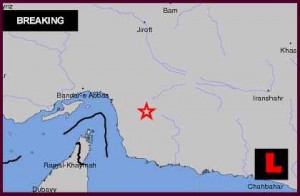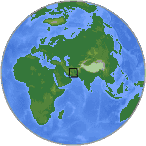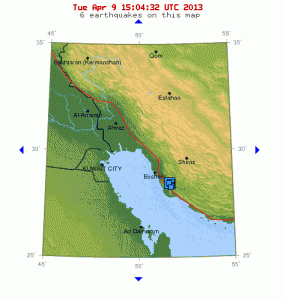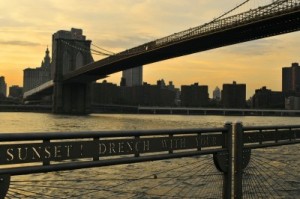In the early morning hours on May 11, 2013 and one month after a 7.8 quake struck the region, a 6.2 magnitude earthquake started a swarm of quakes in Minab, Iran. Following the 6.2 quake, 31 earthquakes struck in Minab and the surrounding area on May 11 – 12. All of the quakes were between 4.3 and 5.6 in magnitude.

Iran earthquake May 11, 2013 strikes near Saudi Arabia, Bahrain
Increase In Quakes Worldwide
Iran wasn’t the only place to experience large earthquakes on May 11 – 12, 2013.
- 6.5 Neiafu, Tonga
- 5.2 La Gomera, Guatemala
- 5.4 & 5.6 Diego de Almagro, Chile
- 4.7 Sabratah, Libya
- 5.7 Amukta Island, Alaska
- 5.6 Shikotan, Russia
- 4.7 Galapagos Triple Junction Region
- 4.8 Sary-Tash, Kyrgyzstan
- 4.8 Panguna, Papua New Guinea
And these are just the big ones off a very long list…..



